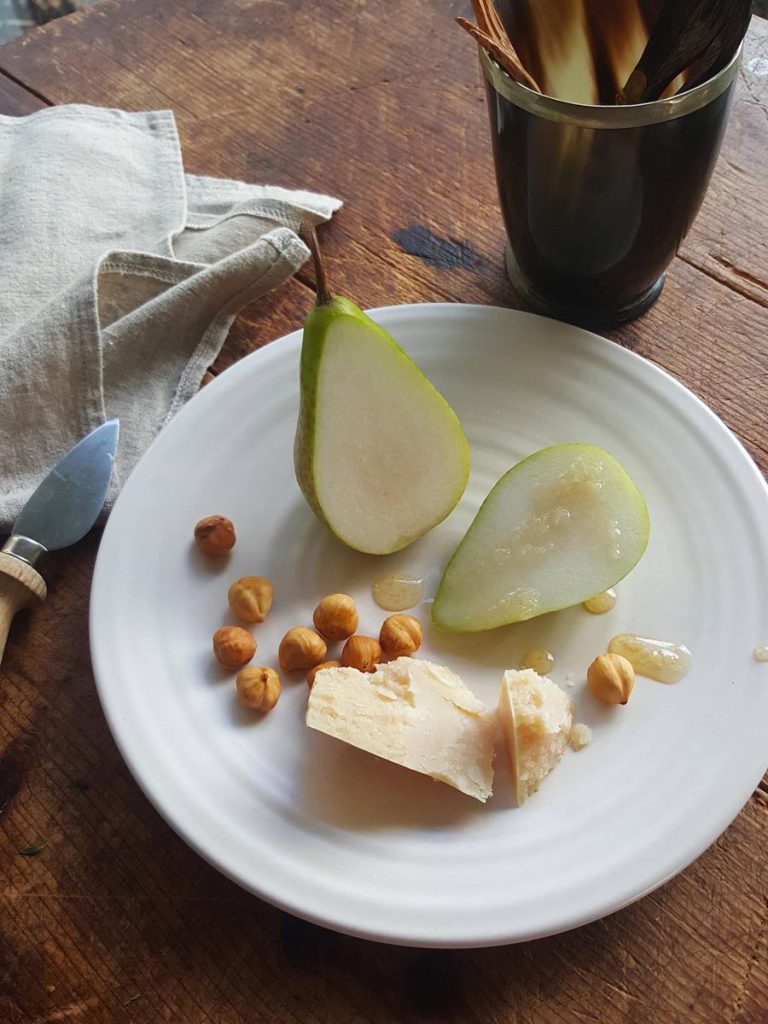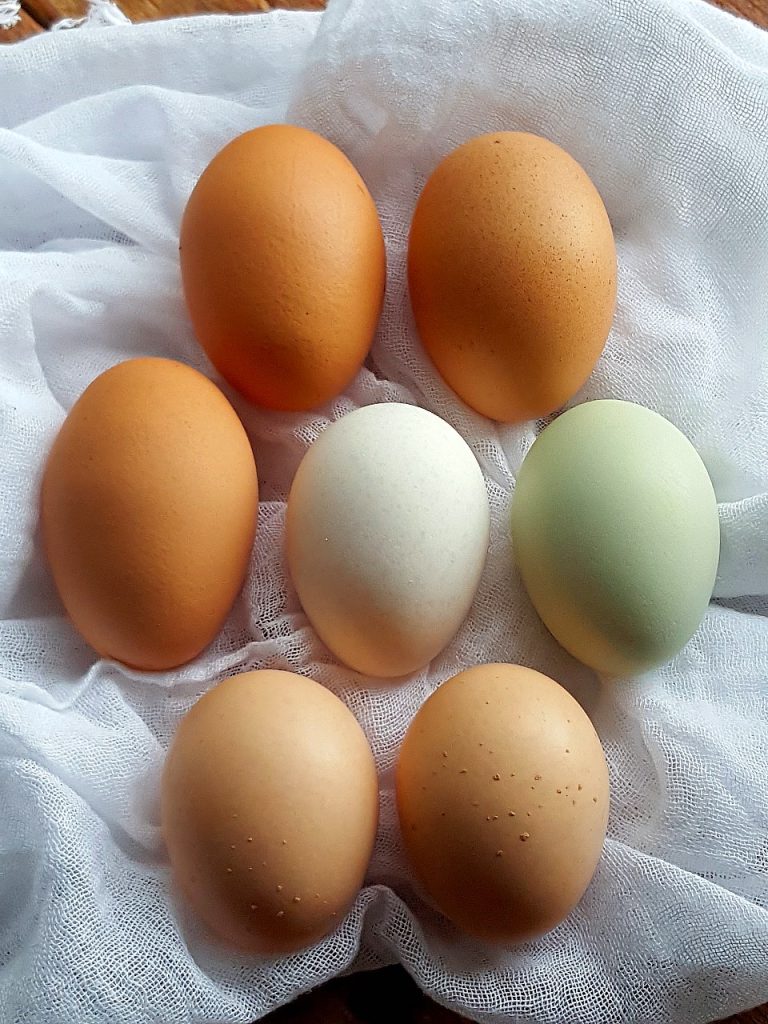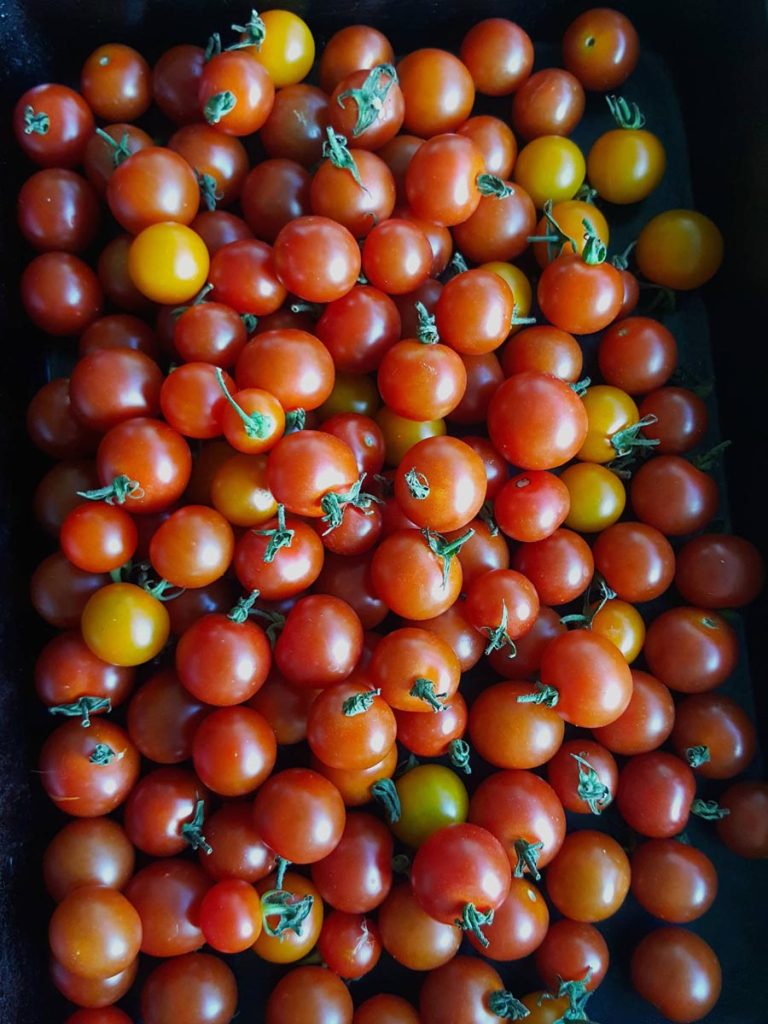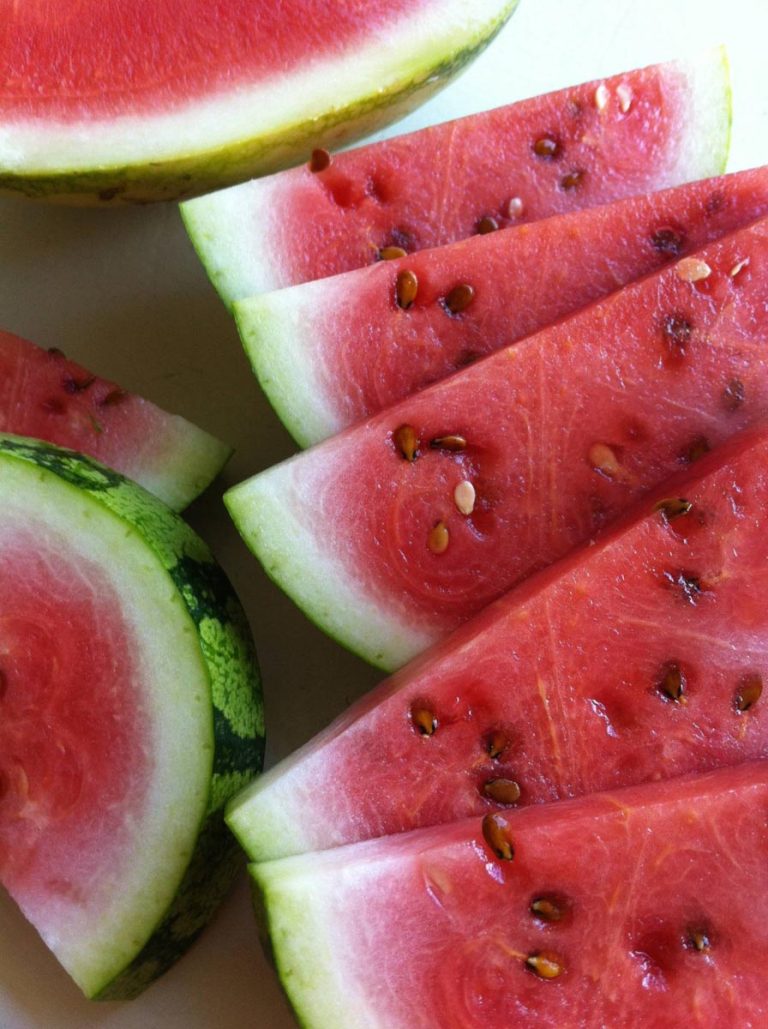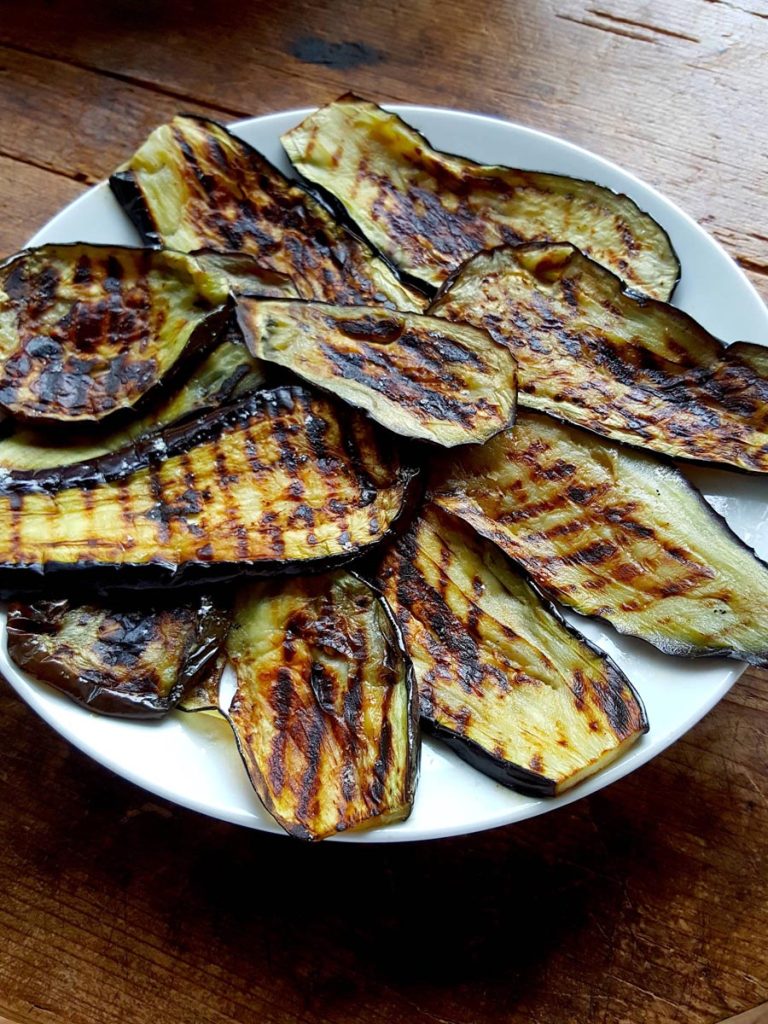Swedes
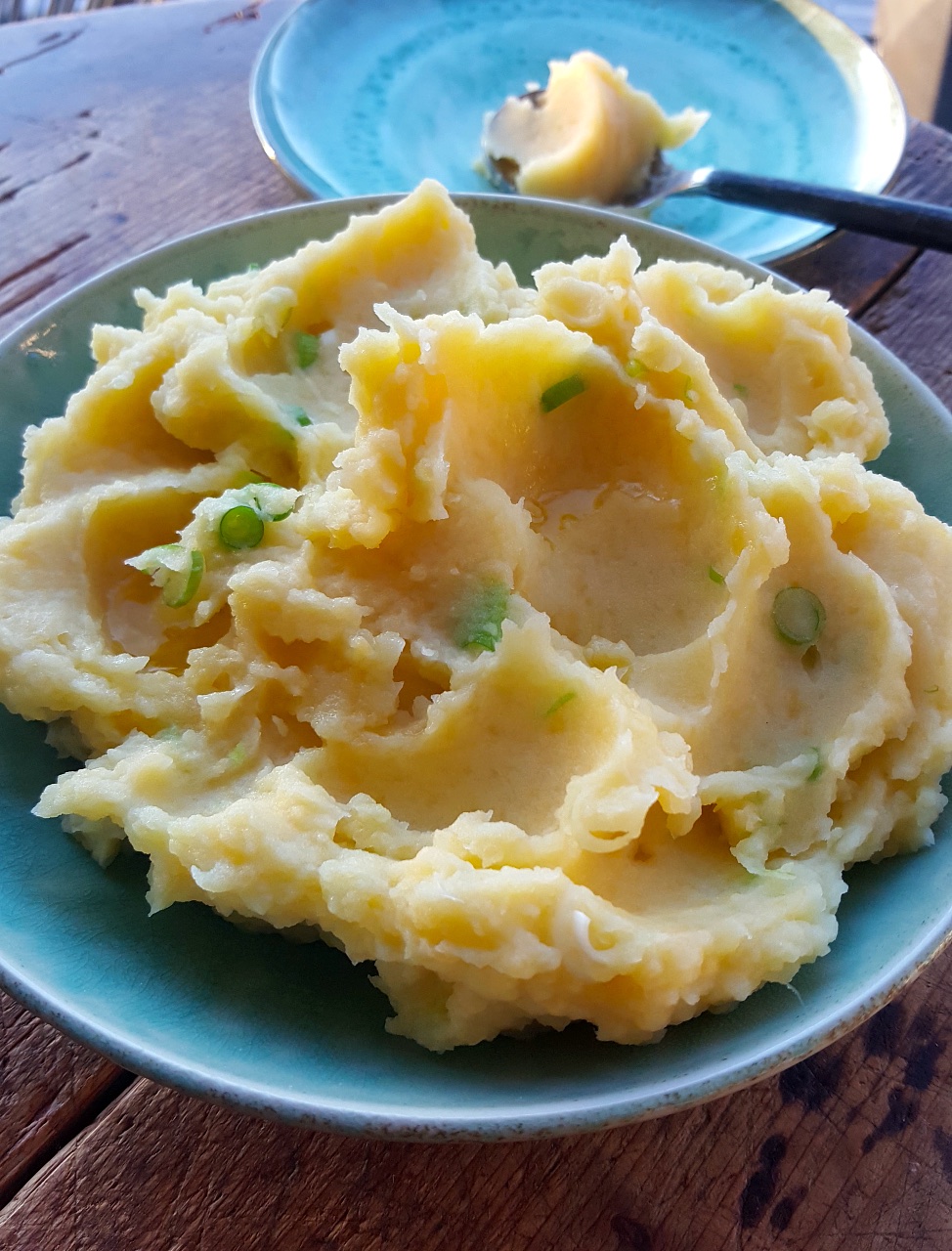
Swedes are a mystery to many cooks and dismissed as cattle-fodder by others, but cooked in interesting ways, they can be absolutely delicious. And they’re cheap! And they’re good for you! Swedes contain traces of antioxidant vitamins C and beta- carotene, they’re a good source of fibre, and it’s believed they help fight cancers.
They belong to the Cruciferae family and are thought to be a naturally occurring cross between turnip and cabbage. In Sweden and the US, swedes are known as rutabaga which translates as red bags and refers to the crowns of the vegetables which are tinged with a purpley-red colour. The flesh is similar to turnip, a little coarse, not smooth like a potato, and pinky-yellow in colour, becoming more orangey-yellow after cooking.
Swede has an intriguing, slightly sour, earthy flavour, which is not to everyone’s taste, but to me it’s reminiscent of my mother’s wintery stews and soups. Here’s the trick so you can trot it out in company – mix it with potato to soften the flavour and add a good knob of butter and a slosh of cream.
Choose freshly harvested firm swedes, about the size of a large apple (bigger ones can be coarsely textured and strong tasting), and although swedes have an extended season, they’re at their best after the first bite of frost. They’ll store well for a week or two in the vegetable crisper, but use them before they become soft. To prepare for cooking, trim the ends and peel off skin, making sure any greenish flesh under the skin is removed. Then chop or slice and add to soups, or boil and mash, or roast.

